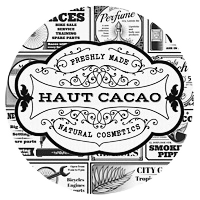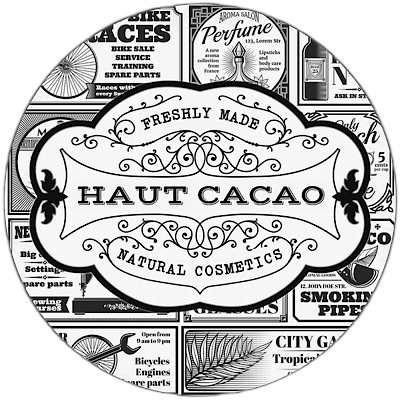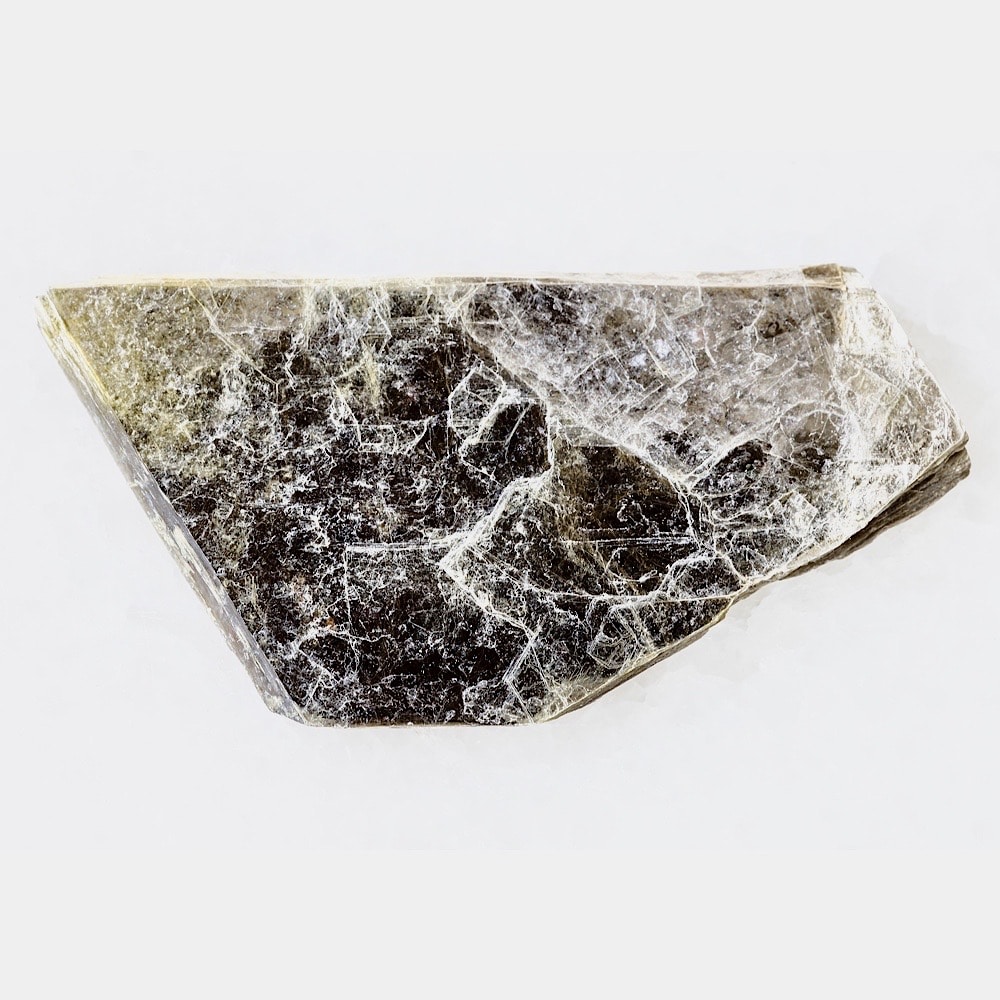I recently noticed a beauty line had made a public statement about the challenge of trying to figure out where their mica was sourced from, but that it was important to continue using it in their products so that the brand could continue creating high-performance colour cosmetics. I was impressed they were being transparent about what a challenge it was, and that they were actively trying to source their mica ethically. But the high-performing cosmetics part….
Let me start at the beginning of my own personal experience with mica. Personally, I have never liked mica. In fact, I would go so far as to say I started to loathe mica because it was EVERYWHERE. I didn’t like how mica looked on my skin. I had quite oily skin when I was younger and mica seemed to make it a lot worse. Later on, as a makeup artist, I did not enjoy using mica-based products and tried to avoid them whenever possible. It seemed to make my job a lot more challenging. I did mostly makeup for women who were 40+ in spas and I found that mica made their skin look rough instead of smooth and greatly enhanced their fine lines, especially around the eyes. It was very difficult to find products without mica in them. If I purchased a makeup palette, usually most of the eyeshadow shades had a lot of shimmery mica in them. I think that not only is this a common ingredient to alter the colour or shade of a product, mica is very cheap when it comes to ingredients so if a company’s bottom line is just to make a lot of money, it is very appealing as a filler. It is also visually very eye-catching when you look at it in products. It has a beautiful shimmer and mica comes in a wide array of colours. There are different names for mica so it can get a little confusing. I alway know by the look of the makeup when it contains mica. Sometimes it is listed as ‘serecite’ in the ingredient list instead of ‘mica’.
When I started researching to find out more about mica and what benefit it had for the skin, I went down a lot of rabbit holes and re-emerged from those holes feeling very depressed. Most of the mica in the world is sourced from illegal mines being mined by small children. It is provided to the cosmetic industry but a lot of other industries use it as well. I had no interest in using it when i started to create my line but I was worried that somehow I would not be able to create the same varieties of colour, as this makeup line above recently stated. Quite the opposite happened. I found that I could create products that made mature skin look more youthful instead of mica-based products which made youthful skin look more mature. To this day, I am not sure why more lines do not leave mica out of their products. Not only has this allowed me to sleep at night as this helps to tackle massive ethical problems but as a bonus, I have more room in my natural formulas for superfoods and herbs because I am leaving out what most lines use as the main ingredient.
For some, mica is an irritant. I have wondered myself if it is not the mica itself but the large quantity of mica that is irritating. It seems similar to deodorants made with baking soda. It is not that someone is allergic to baking soda, but the amount of baking soda in a single deodorant that is irritating to delicate underarm skin. When you place mica under a microscope it is similar to very sharp shards of glass. This is one reason why those with sensitive skin need to avoid it. Because if you are harming the skin in any way, or at the least, not giving it anything nourishing, it is not ant-aging to the skin. There is also the possibility that the mica can be coated with many different chemicals and it can be the chemical that is harmful to someone’s skin.
Now let’s move on to titanium dioxide. Like mica, it is found in all the conventional makeup formulas and just like mica, is usually one of the first five ingredients. The #1 reason I do not use titanium dioxide in my makeup line, even in small amounts, is because it is a known carcinogen. #2 is that it is not a natural ingredient, it is a manufactured ingredient. Anything you apply to your skin ends up in your bloodstream within thirty minutes. It doesn’t matter if it is the most healthy superfood or the most poisonous toxin. Your skin is your largest organ. It breathes and it absorbs everything. I do not want a known carcinogen flowing through my veins. #3 Titanium dioxide is not photo-stable. This means that when you apply it and then go out into the sunlight the TD creates free radicals which in turn attack and ravage our skin cells. This leads to premature aging of skin and it also leads to frustrating skin conditions. I have found that when clients slowly switch over to my products, their skin conditions begin to heal because their skin is not under attack on a daily basis. They are only applying soothing, nourishing, healing ingredients which gives their skin a chance to rest and replenish itself. Even though titanium dioxide does appear in ingredient lists of products which claim to be all natural and organic, it is not a natural ingredient and it is not photo-stable so whatever makeup you choose, I highly recommend that you avoid it at all costs.
So regarding the statement made by a makeup line about not being able to go without mica because their cosmetics would not have the same quality, I wonder what makes them feel confident making a statement like that when it is quite possible they have never even tried taking that ingredient out of their formulas. Maybe for cosmetics manufactured on such a large scale, making that one change would be too costly. It reminds me of when I hear someone who is not plant based say that they could never be plant based, or worse, attack someone else for being plant based by saying they are nutritionally deficient. Often, someone who is plant based has tried both lifestyle cholices, and feels better eating 100% whole food plant based diet. The same goes for going titanium dioxide and mica free. I tried makeup with those ingredients and then without and I liked the formulas which were TD and mica free 100 times better. It wasn’t even a small, minute difference – it was a game changer. It is always good to investigate things for yourself. Do not rely completely on a company to tell you what is good and what is bad, Sometimes it is just a marketing tactic. At the end of the day, we are responsible for our own health and care more than anyone else out there about our own bodies so it is worthwhile to do the detective work.






